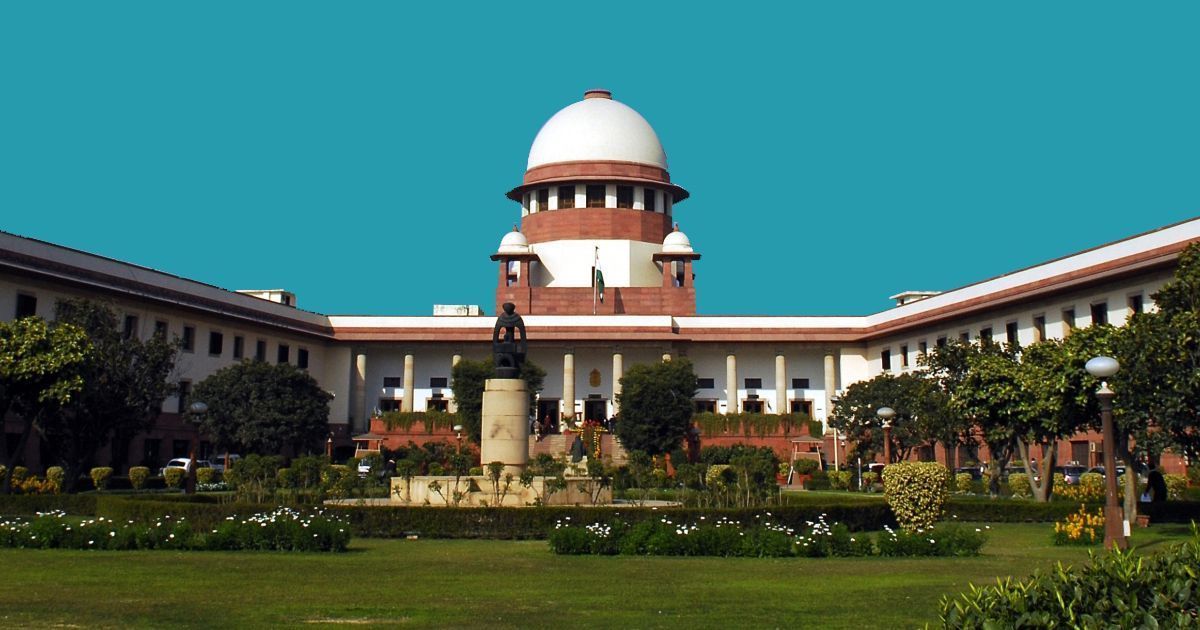News Highlight
The Supreme Court had struck down the National Judicial Appointments Commission (NJAC), which gave the government an equal say in judicial appointments, in 2015.
Key Takeaway
- The judgment had revived the Collegium system of judicial appointments.
What is the National Judicial Appointments Commission?
- About
- It was a constitutional body proposed to replace the present Collegium system of appointing judges.
- Foundation
- It was established by amending the Constitution [Constitution (Ninety-Ninth Amendment) Act, 2014.
- Article 124A
- Article 124A detailed the composition of the NJAC.
- Structure
- It consists of six people:
- Chief Justice of India
- Two most senior judges of the Supreme Court
- Law Minister
- Two ‘eminent persons.
- These eminent persons are to be nominated for a three-year term by a committee consisting of the Chief Justice, the Prime Minister, and the Leader of the Opposition in the Lok Sabha and are not eligible for re-nomination.
- Rejection
- The Supreme Court rejected the National Judicial Appointments Commission (NJAC) Act and the 99th Constitutional Amendment.
Why did the Supreme Court strike down NJAC?
- NJAC did “not provide an adequate representation, to the judicial component” and that new provisions in Constitution are insufficient to preserve the importance of the judiciary in the matter of selection and appointment of Judges.”
- “Article 124A(1) is ultra vires the provisions of the Constitution because of the inclusion of the Union Minister in charge of Law and Justice as an ex officio Member of the NJAC.”
- The amendment impinged upon the principles of “independence of the judiciary” and the “separation of powers”.
- The clause, which included two “eminent persons” as Members of the NJAC, has held ultra vires the provisions of the Constitution.
What is the Collegium system?
- About
- The system of appointment and transfer of judges has evolved through the judgement of the supreme court and not by an Act of Parliament or by the provision of the Constitution.
- Constitution and Collegium
- There is no mention of the Collegium in India’s original constitution.
- Composition
- The Supreme Court collegium is headed by the Chief Justice of India (CJI) and comprises the four other senior-most judges of the court.
Evolution of Collegium System
- First Judges Case
- S P Gupta v Union of India (1981), the SC ruled that the President does not require the “concurrence” of the CJI in appointing judges.
- The ruling affirmed the pre-eminence of the executive in making appointments but was overturned 12 years later in the Second Judges Case.
- Second Judges Case
- SC introduced the Collegium system, holding that “consultation” really meant “concurrence”.
- It added that it was not the CJI’s individual opinion but an institutional opinion formed in consultation with the two senior-most judges in the SC.
- Third Judges Case
- On the President’s reference (Article 143), SC expanded the Collegium to a five-member body comprising the CJI and four of his senior-most colleagues.
How does the Collegium system work?
- The collegium of the CJI and the four senior most judges of the Supreme Court make recommendations for appointments to the apex court and high courts.
- The collegium can veto the government if the latter sends the names back for reconsideration.
- The basic tenet behind the collegium system is that the judiciary should have primacy over the government in matters of appointments and transfers to remain independent.
Content Source: The Hindu



